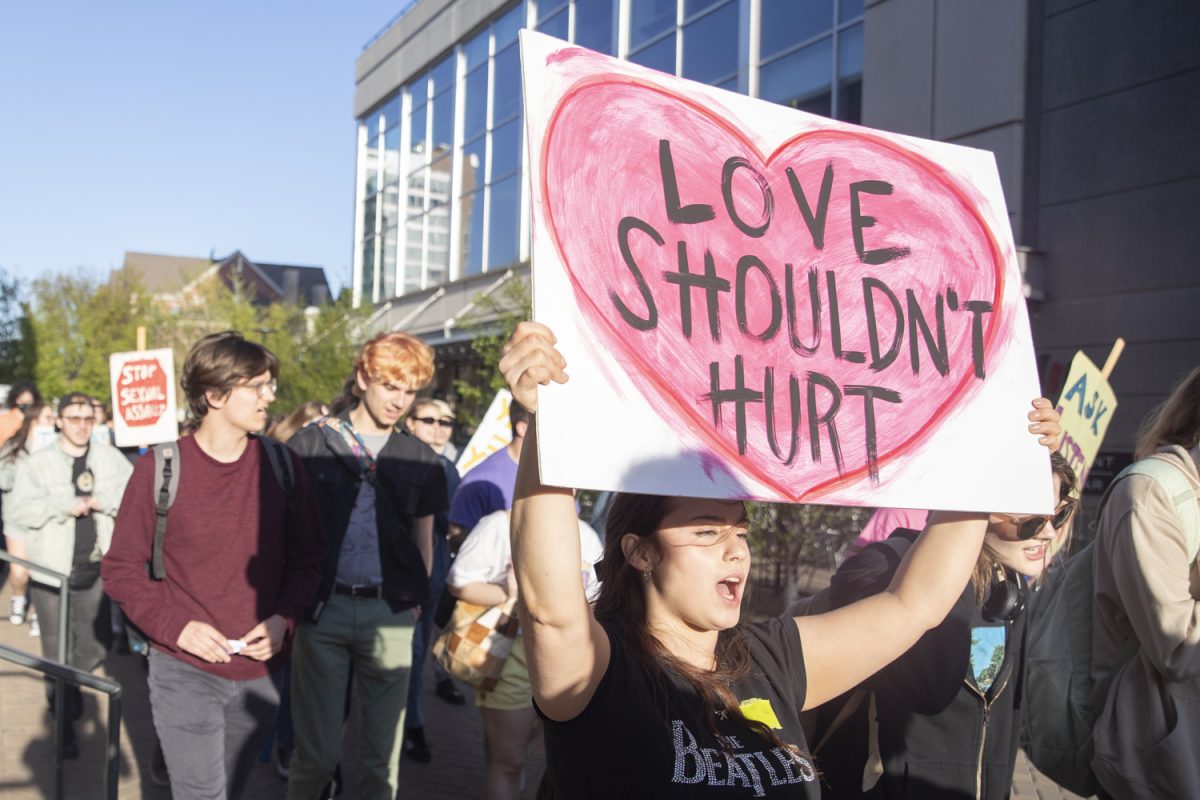By Tom Ackerman
[email protected]
International students can now stay in the U.S. following graduation for two years when they begin working in a STEM field, but one academic says the program is “misunderstood.”
The Obama administration has allowed for an extension that allows international students to work in the U.S. for 24 months post-graduation under the Optional and Practical Training Program. Previously, international students could work for just 17 months in their fields of study.
Of the 4,120 currently enrolled international students at the University of Iowa, 692 are majoring or pursuing graduate degrees in STEM fields, according to UI enrollment data for the fall 2015 semester.
“The simple answer is that the tech industry demands it. Young people are cheaper,” said Norman Matloff, a professor at the University of California-Davis, who has studied the notion of hiring international people in the tech industry extensively.
The Obama administration, as well as the George W. Bush administration, have both extended the duration for the program, which Matloff says is making it harder for Americans to get STEM jobs.
“It’s a problem because there are older Americans who are in tech who are having trouble finding work,” he said. “I’m not talking about 50 or 60, I’m talking about 35.”
Craig Pryor, a UI associate professor of physics/astronomy, said Iowa has not lobbied for extensions, as other schools have.
Matloff, who has published several articles on the topic, said the program is often misunderstood to be healthy for American STEM programs, but it is in fact hurtful in many ways.
“People believe it,” Matloff said. “The average person believes if we didn’t have the foreign students, the U.S. would lose its technological edge, and that’s simply false.”
International students can enter the U.S. through an F-1 classification. An H-1B is a visa, which the government gives out to immigrants who are temporarily employed in the country.
However, Matloff said, in many ways, Optional and Practical Training Program is circumventing the need for a visa, which complicates immigration debates politically.
“There are many more employers seeking to use these visas than there are visas,” he said. “What you have is a lot of foreign students graduating, and a lot of employers would like to hire them, but they can’t because of the demand.”
Sharrif Belweil, a UI mathematics student graduating this spring, said he believes blaming international students for taking domestic jobs isn’t a valid reason for opposing program.
“If a person is going to choose the international student over the domestic student, it more likely has to do with the quality of the international student’s research,” he said.
Since H-1B visas are only granted when employers petition for the entry of an employee, Belweil said there are more costs and risks involved with hiring an international student.
He also said there is no quota forcing companies to hire international students.
Overall, Belweil said the OPT extension will definitely benefit him.
“It would affect me because not only would it give me more time to find a job, but create more connections and network,” he said.







